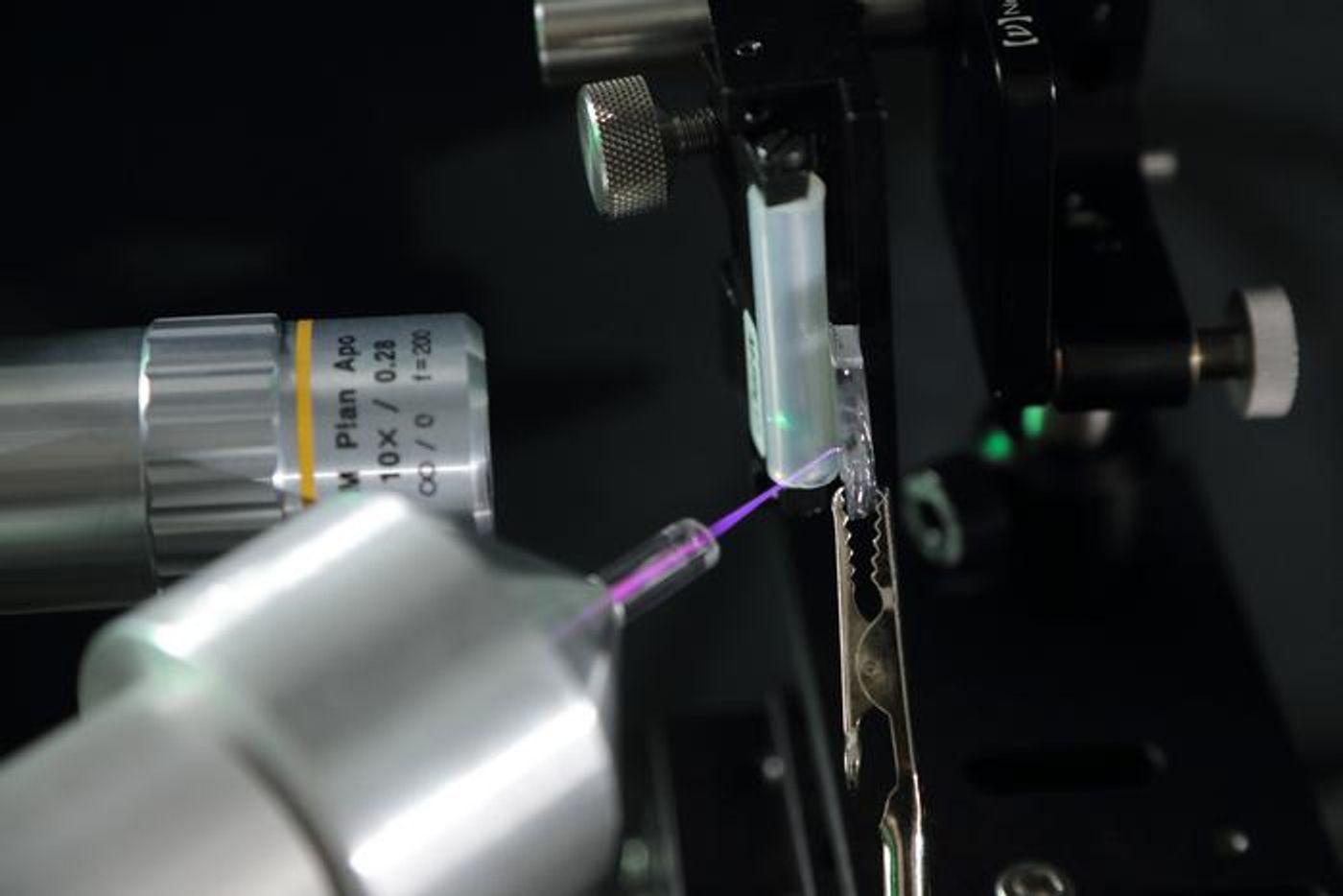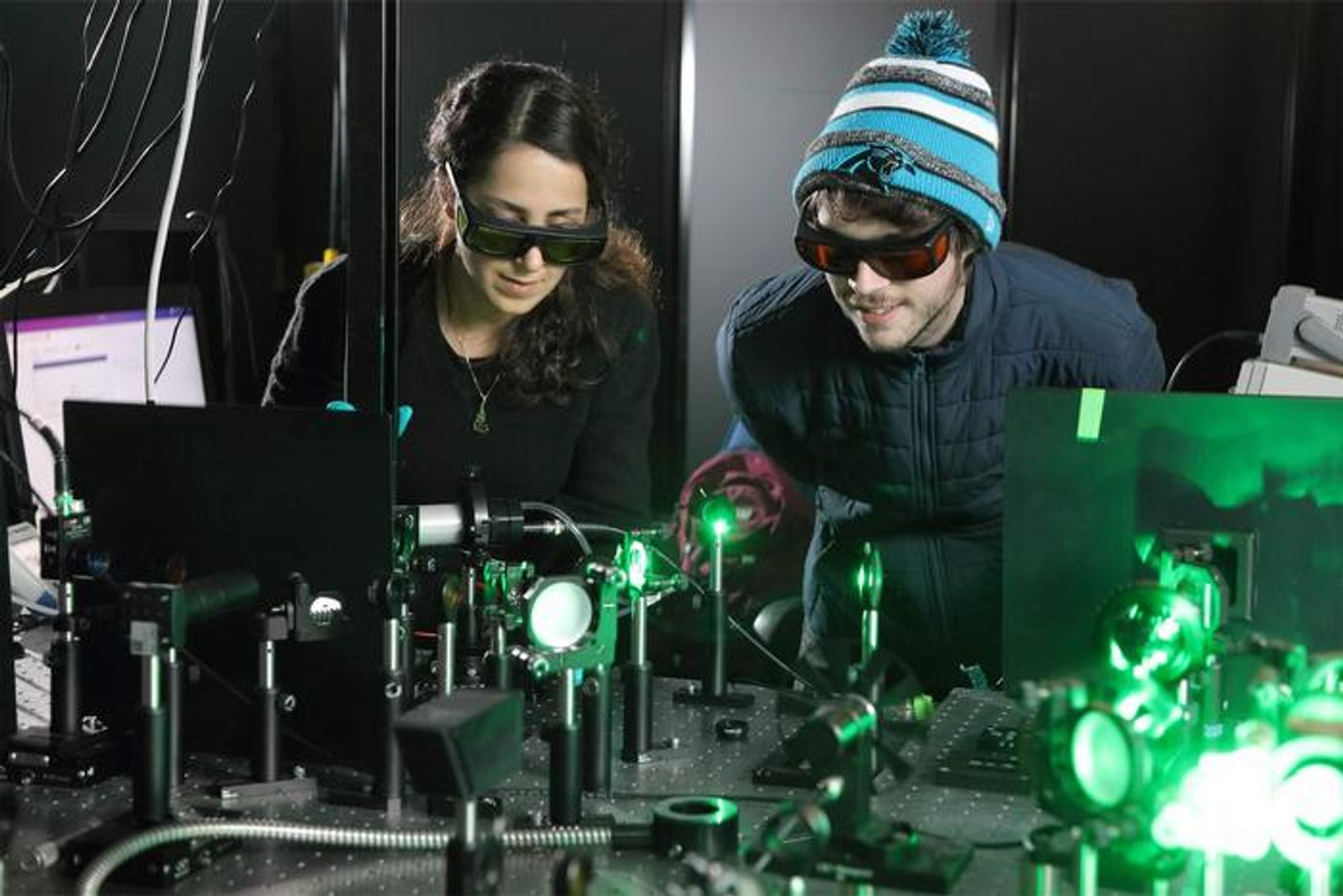Freeze Ray Technology for Cooling Electronics in Spacecraft and Jets
The U.S. Air Force recently awarded a three-year/$750,000 research grant to the University of Virginia’s (UVA) ExSiTE Lab (Experiments and Simulations in Thermal Engineering) to evaluate the prospect for a heat-generated plasma freeze ray that could potentially be used for on-demand cooling of interior electronics on spacecraft and high-altitude jet aircraft. The ExSiTE Lab is operated by Dr. Patrick Hopkins, who is a Whitney Stone Professor of Engineering in the UVA School of Engineering & Applied Science and holds the potential to solve electronic heating issues that commonly occur within spacecraft and high-altitude jets.
“That’s the primary problem right now,” said Dr. Hopkins. “A lot of electronics on board heat up, but they have no way to cool down.”
Dr. Hopkins will manufacture a prototype of the freeze ray through his UVA spinout company, Laser Thermal, and was a co-author on a recent study published in ACS Nano discussing the potential for the ray and similar technologies.
Traditionally, engineers have used a “cold plate” on aircraft and spacecraft electronics to divert heat towards radiators, which discharge it either back into the atmosphere or space. However, more advanced electronics require equally advanced cooling systems. This is where Dr. Hopkins’ on-demand freeze ray comes in, as Dr. Hopkins envisions a roving robotic arm that reacts to increased temperature variances and eliminates hot spots with a brief and focused electrode.
“This plasma jet is like a laser beam; it’s like a lightning bolt,” said Dr. Hopkins. “It can be extremely localized.”
Image of a plasma jet made from helium, which produces a purple glow. The ExSiTE Lab plans to experiment with a variety of gases to find which is ideal for cooling. (Credit: Tom Cogill)
During their experiments, Dr. Hopkins and his team of graduate students observed a brief temperature decrease of several degrees that lasted a few microseconds. Despite this brief period, some electronic devices could benefit from this cooling.
For the next steps, ExSiTE Lab PhD Candidates, Sara Hoseini Makarem and Daniel Hirt, are thinking of a variety of surface coatings, gases, and metals to be used as targets for the plasma jet in hopes of improving the instrument.
ExSiTE Lab PhD Candidates, Sara Hoseini Makarem and Daniel Hirt, observing the plasma ray setup. While Hirt dons a puffy jacket and knit cap for effect, the laser’s cooling is focused and doesn’t have much effect on the room temperature’s surrounding environment. (Credit: Tom Cogill)
“We haven’t really explored the use of different gases yet, as we’re still working with helium,” said Hirt. “We have experimented so far with different metals, such as gold and copper, and semiconductors, and each material offers its own playground for investigating how plasma interacts with their different properties.”
How can this freeze ray help cool electronics on aircraft and spacecraft in the coming years and decades? Only time will tell, and this is why we science!
As always, keep doing science & keep looking up!
Sources: EurekAlert!, Wordpress, UVAToday, Laser Thermal, ACS Nano, Wordpress (1)










